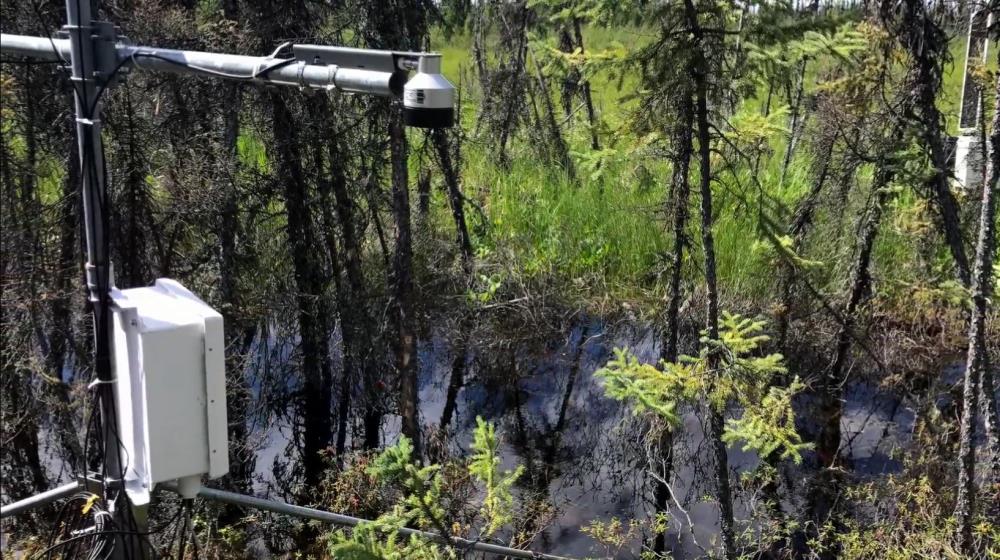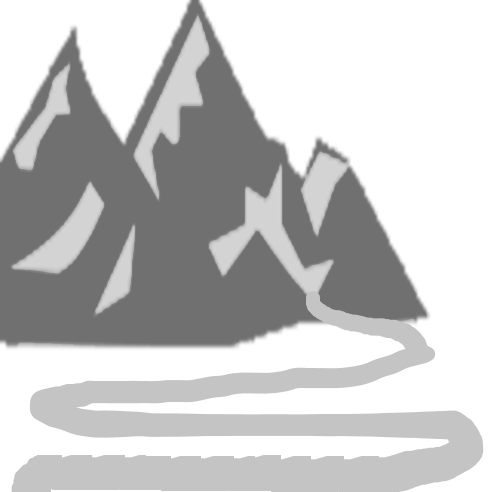
Related items loading ...
Section 1: Publication
Publication Type
Conference Proceeding
Authorship
Kayastha, R. B. and Shrestha, H. K. and Pradhananga, D.
Title
Preface: Mountain Hydrology and Cryosphere
Year
2024
Publication Outlet
Proceedings of IAHS, Vol. 387, 1-2
DOI
ISBN
ISSN
Citation
Abstract
Mountain regions, with their complex terrain and intricate interplay of climate, cryosphere, and hydrology, are vital for the wellbeing of millions of people globally. These regions are governed by unique hydrological systems and the cryosphere, primarily governed by the climate dynamics in these regions, with snowmelt and glacier ice melt playing a critical role. However, climate change is increasingly impacting these systems, across mountain regions such as the Himalayas, Karakoram, Hindu-Kush, Pamir, Tian Shan, Andes, Alaska Range, Caucasus, Alps, Transantarctic Mountains, and the Rockies. Compared to a few decades ago, the patterns of precipitation, particularly monsoon dynamics, and snowmelt and glacier melt have shifted rapidly in these ranges. In south Asia, the Asian monsoon and the processes of snowmelt and glacier melt are pivotal to the national economies. The monsoon is directly linked to agricultural productivity and disaster occurrences; a favorable monsoon results in a robust national economy and fewer casualties due to reduced incidents of floods and landslides. Similarly, snowmelt and glacier melt serve as crucial water sources during low-flow periods, especially in the pre-monsoon season, supporting hydropower production and other essential uses. Therefore, systematic studies of these rivers and diligent monitoring of snow, glaciers, and glacial lakes are indispensable in mountain regions. To address the multifaceted challenges and opportunities related to mountain hydrology and the cryosphere, the International Conference on Mountain Hydrology and Cryosphere (ICMHC) was held in Kathmandu and Dhulikhel on 9-10 November 2023. Participated by 147 researchers, scientists, students, engineers, planners, policymakers, and developers and experts from 17 countries, the conference featured 10 technical and 3 formal sessions, encompassing 75 oral and 22 poster presentations. The topics covered were diverse, including snow hydrology in a changing climate, hydrological modeling, and water quality. Additionally, discussions extended to transboundary water resources; hydro-meteorology in agriculture; the cryosphere's impact on water resources, tourism, and society; glacier mass balance; debris-covered glaciers; permafrost hydrology; and water-induced disasters such as avalanches, glacier lake outburst floods (GLOFs), landslides, and landslide dam outburst floods (LDOFs). This forum enabled participants to exchange perspectives; share innovative research; and gain new insights into cryospheric changes, hydrological modeling, and climate change impacts.
Plain Language Summary


 GWFNet
GWFNet Master
Master Data
Data Research
Research Map
Map
 Advanced
Advanced Tools
Tools
 . . .
. . .
 Metadata Editor
Metadata Editor
 Record List
Record List
 Alias List Editor
Alias List Editor
 Legacy sites
Legacy sites